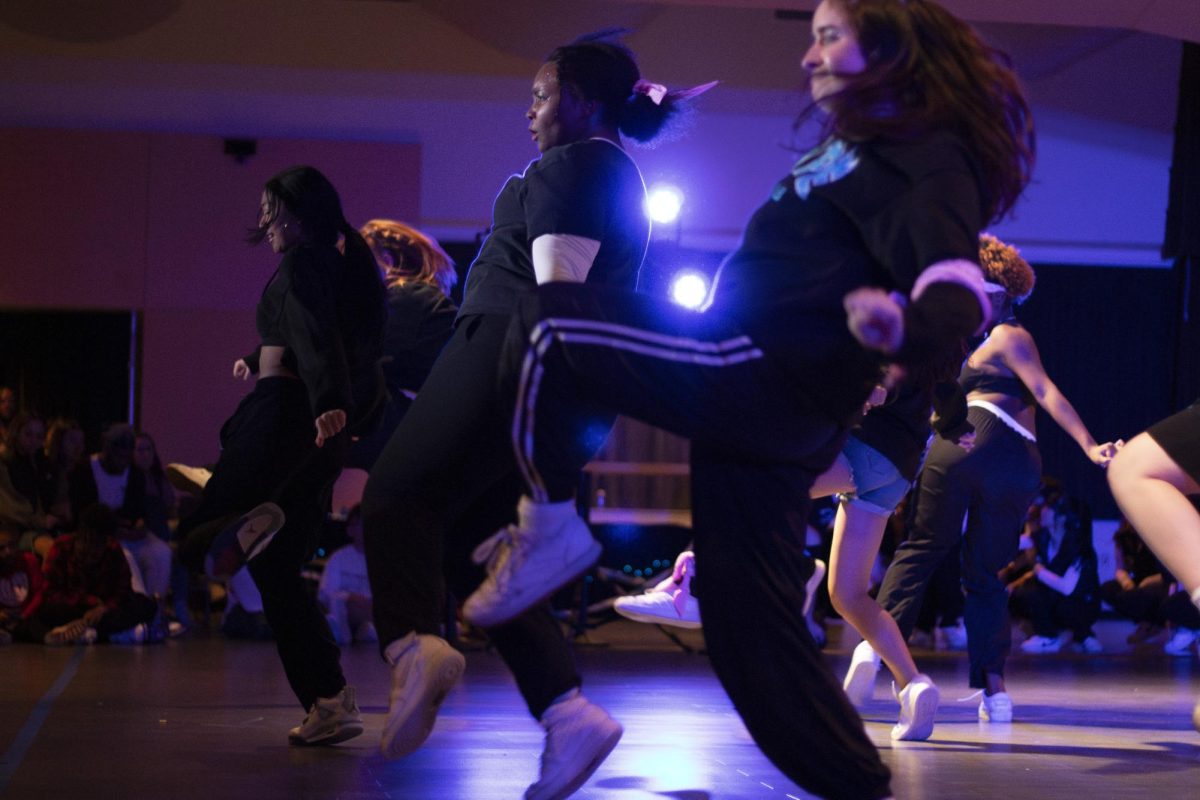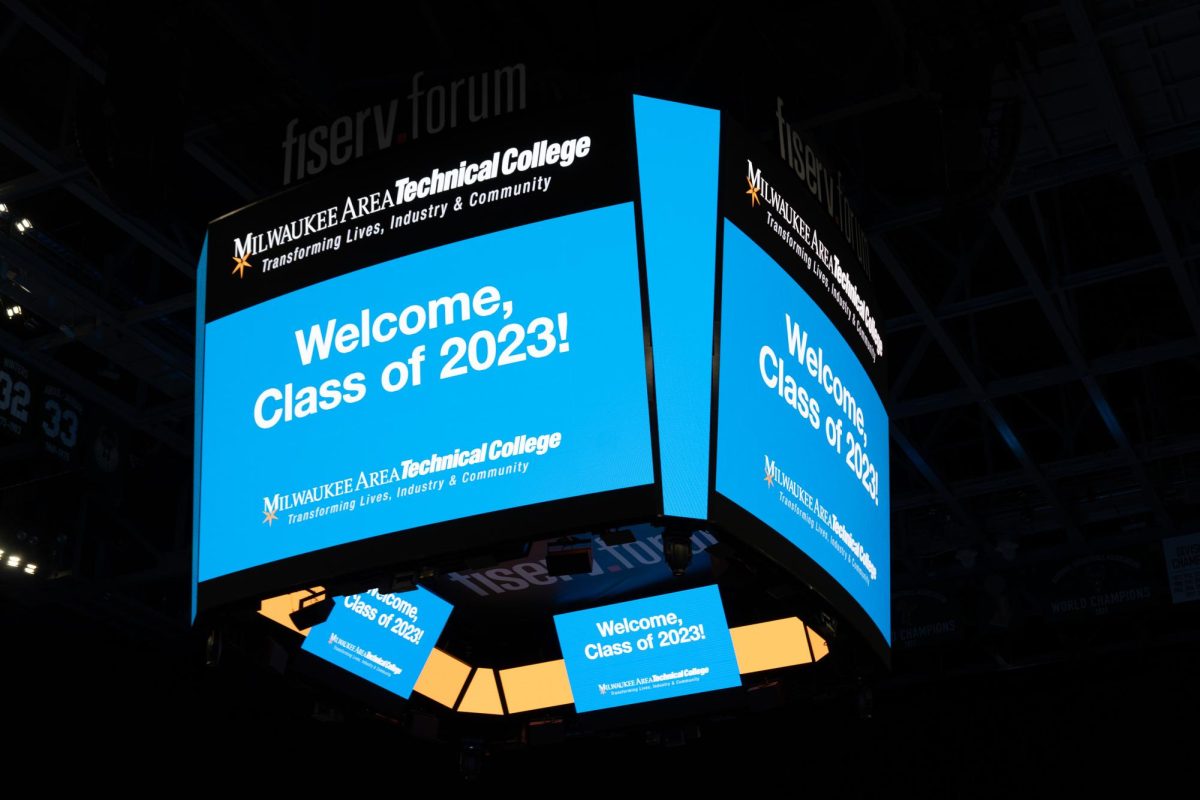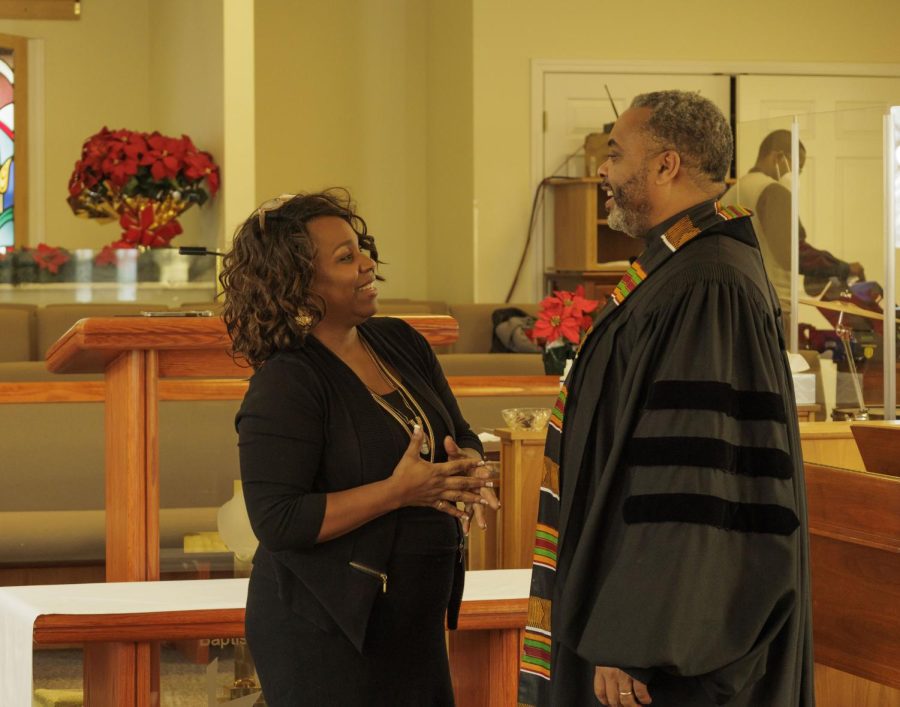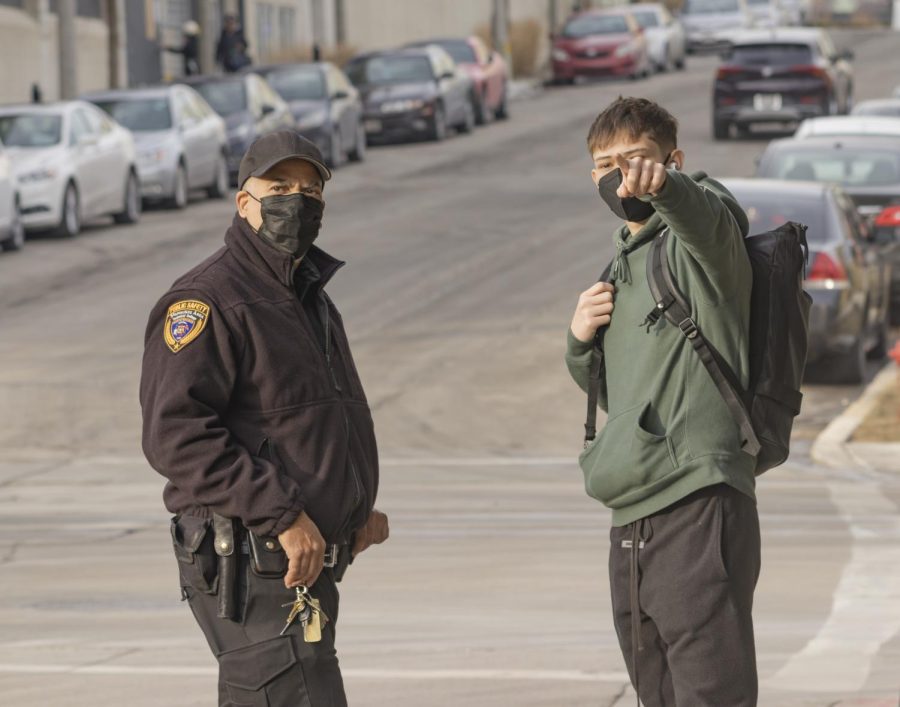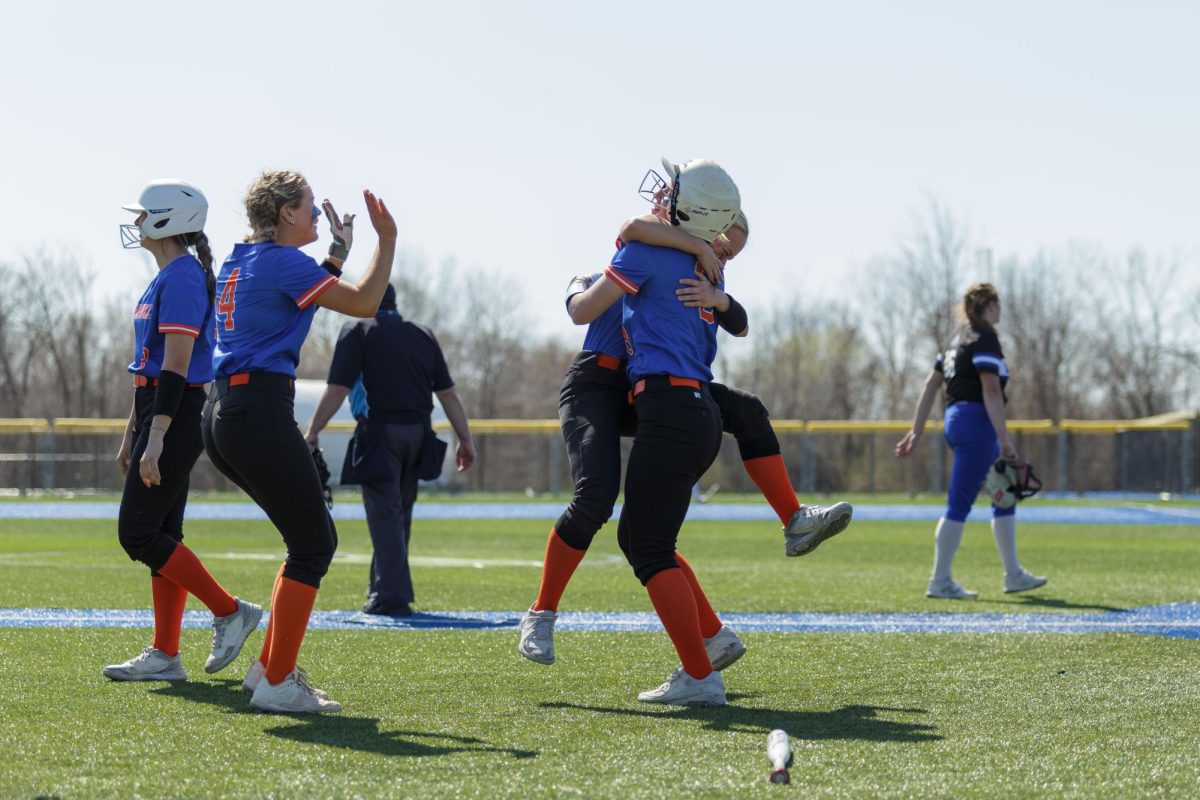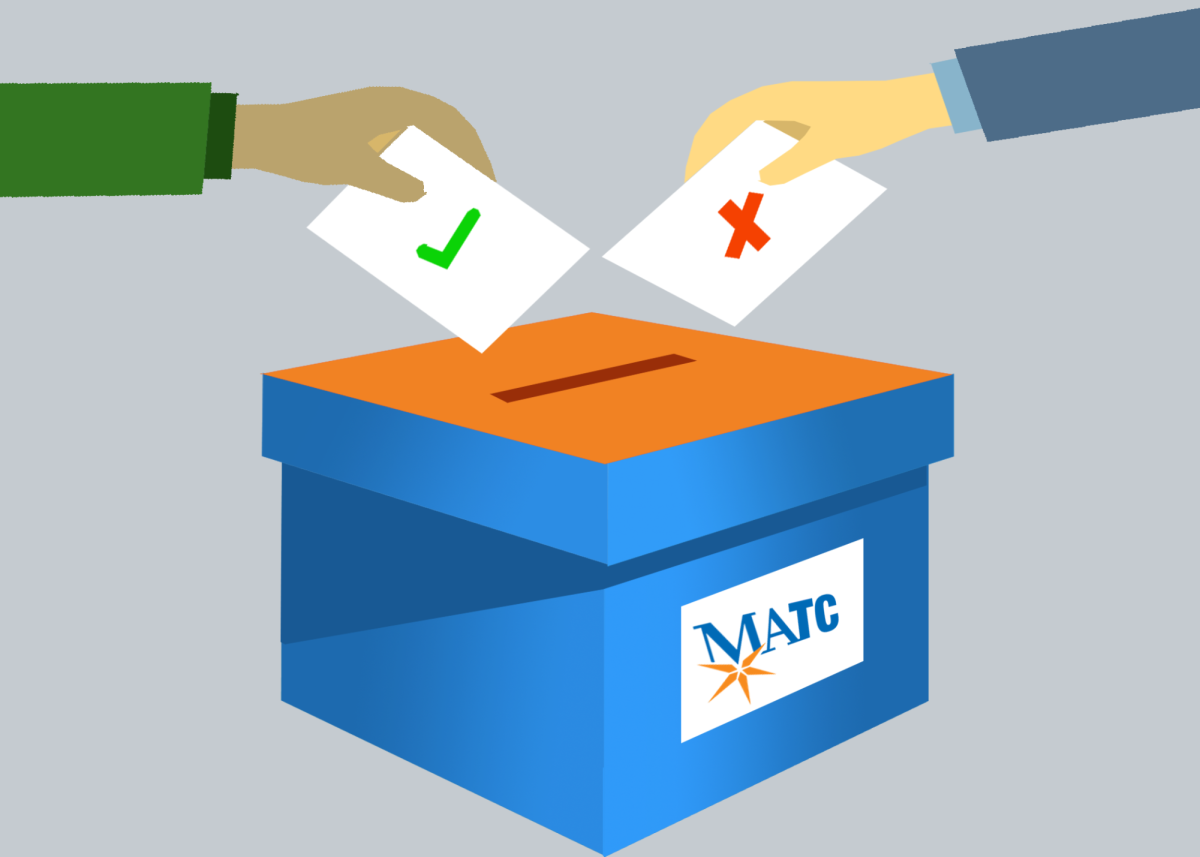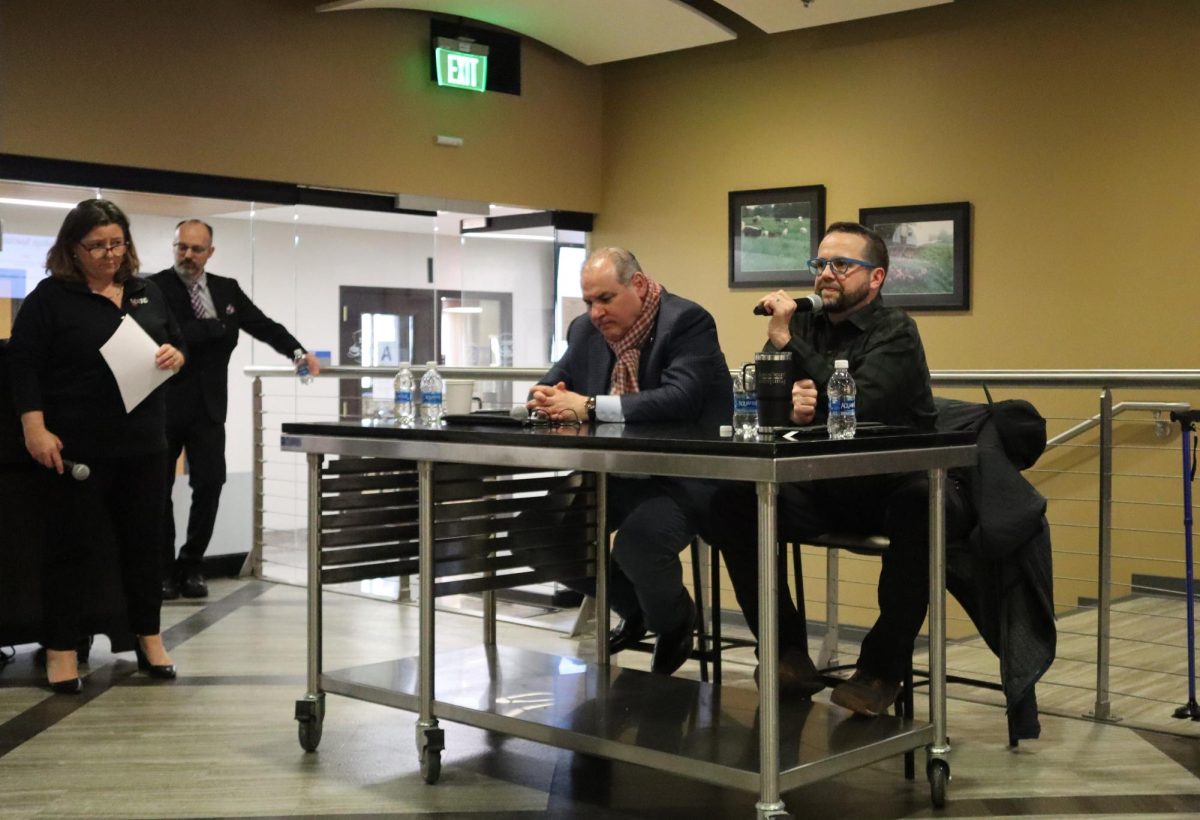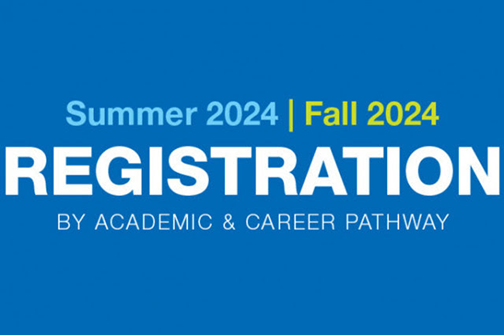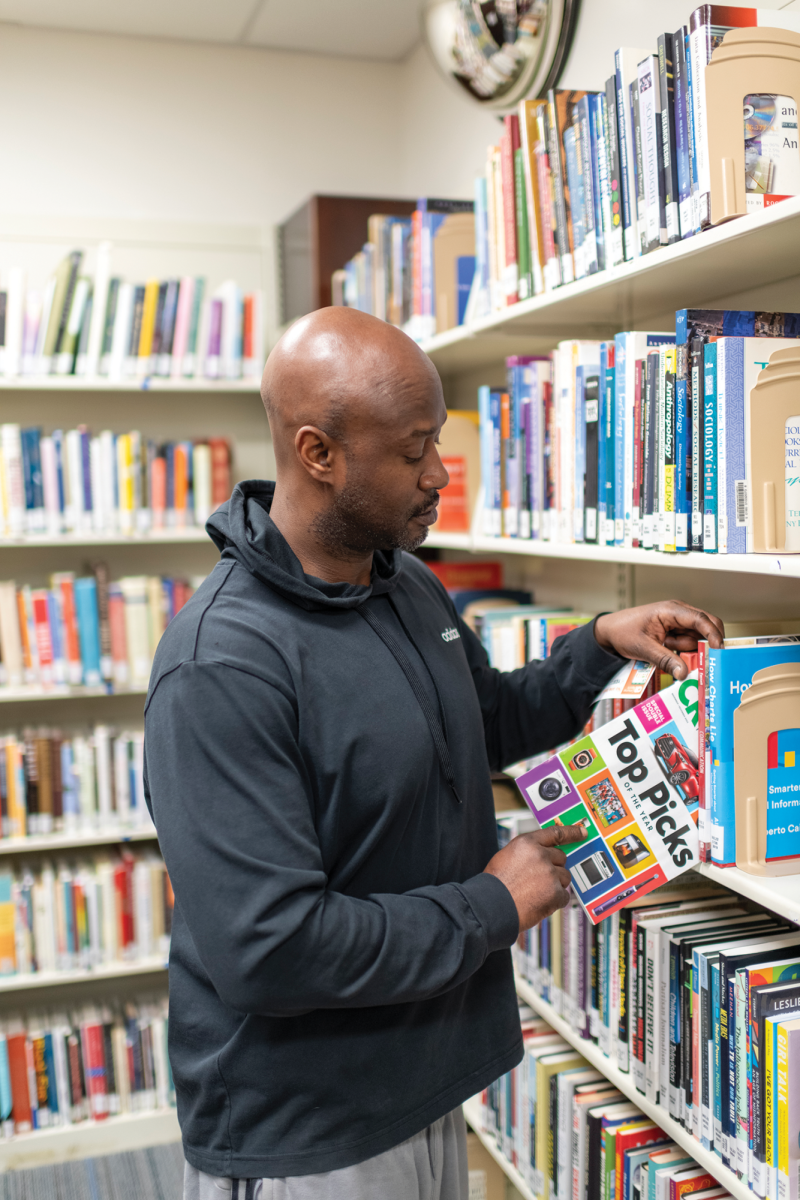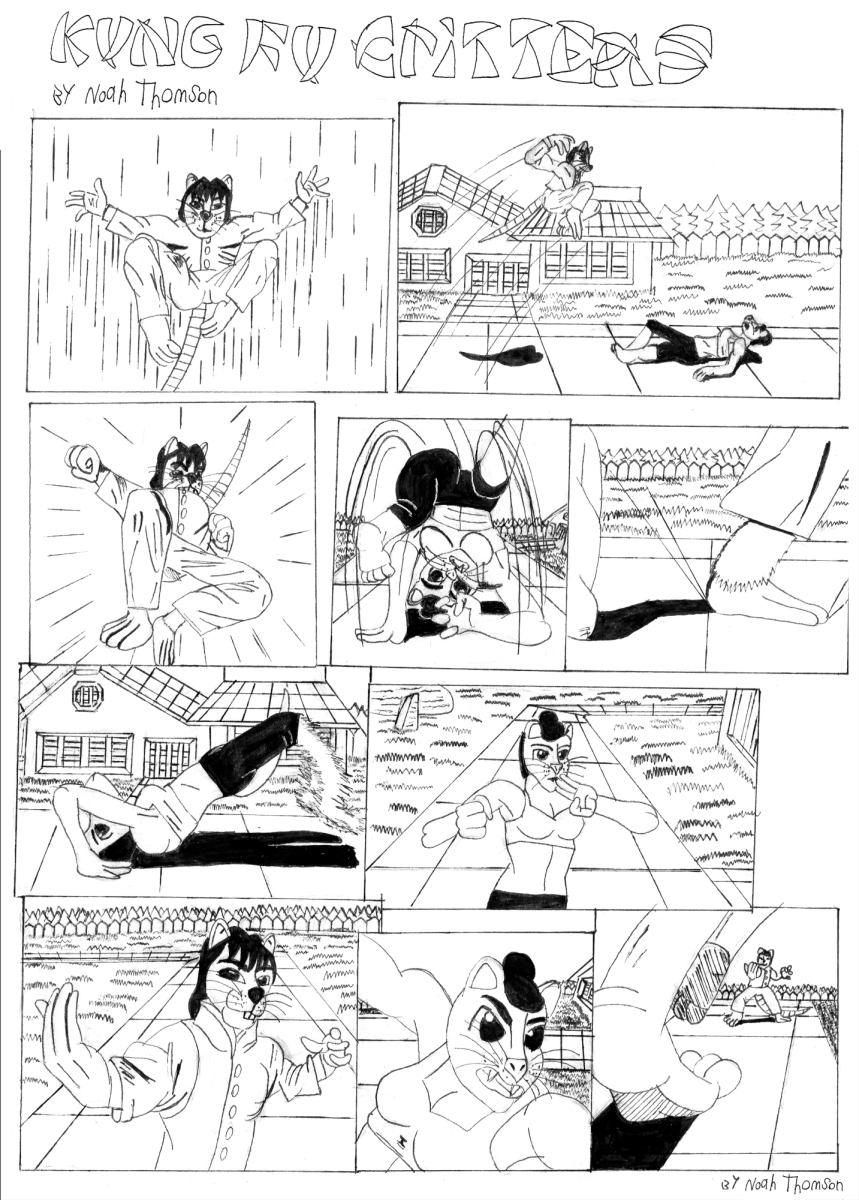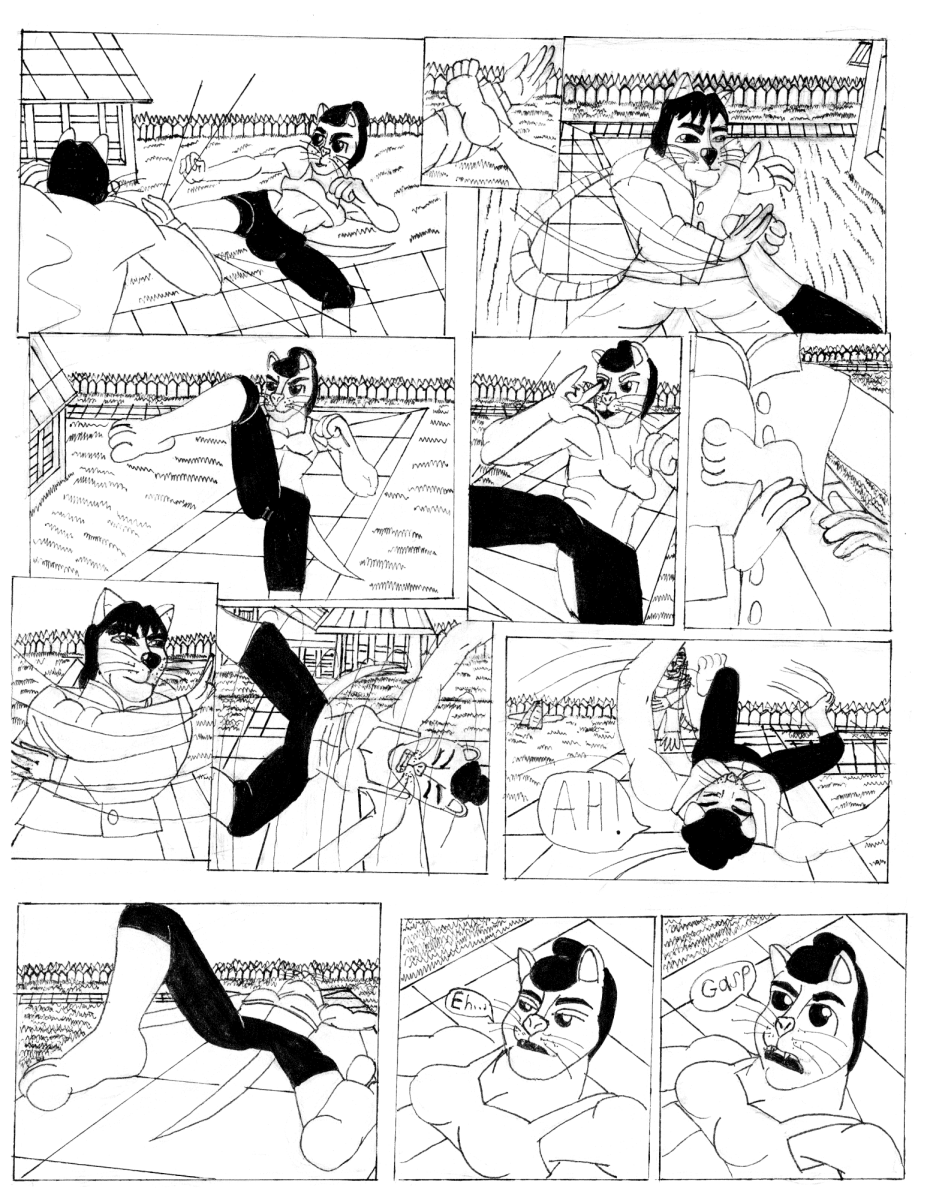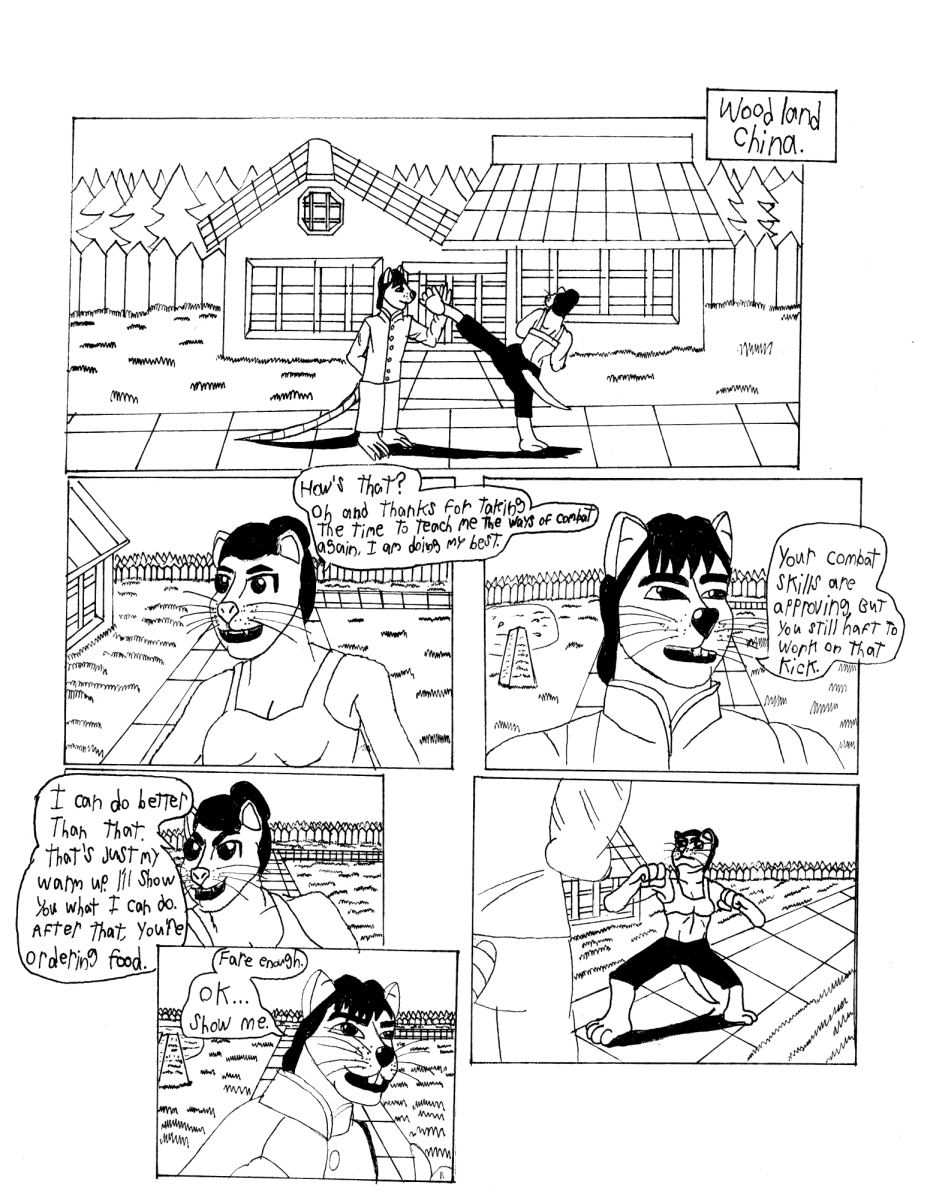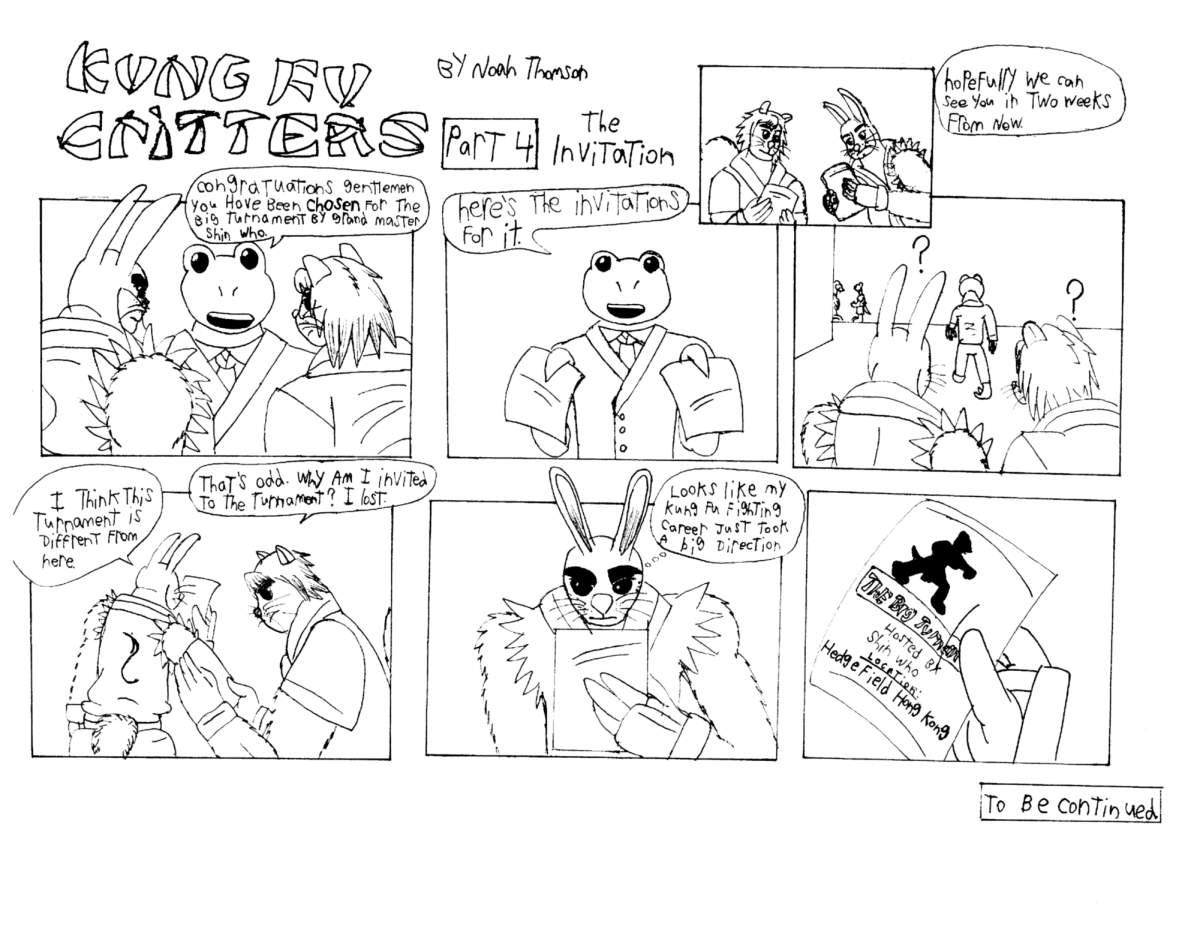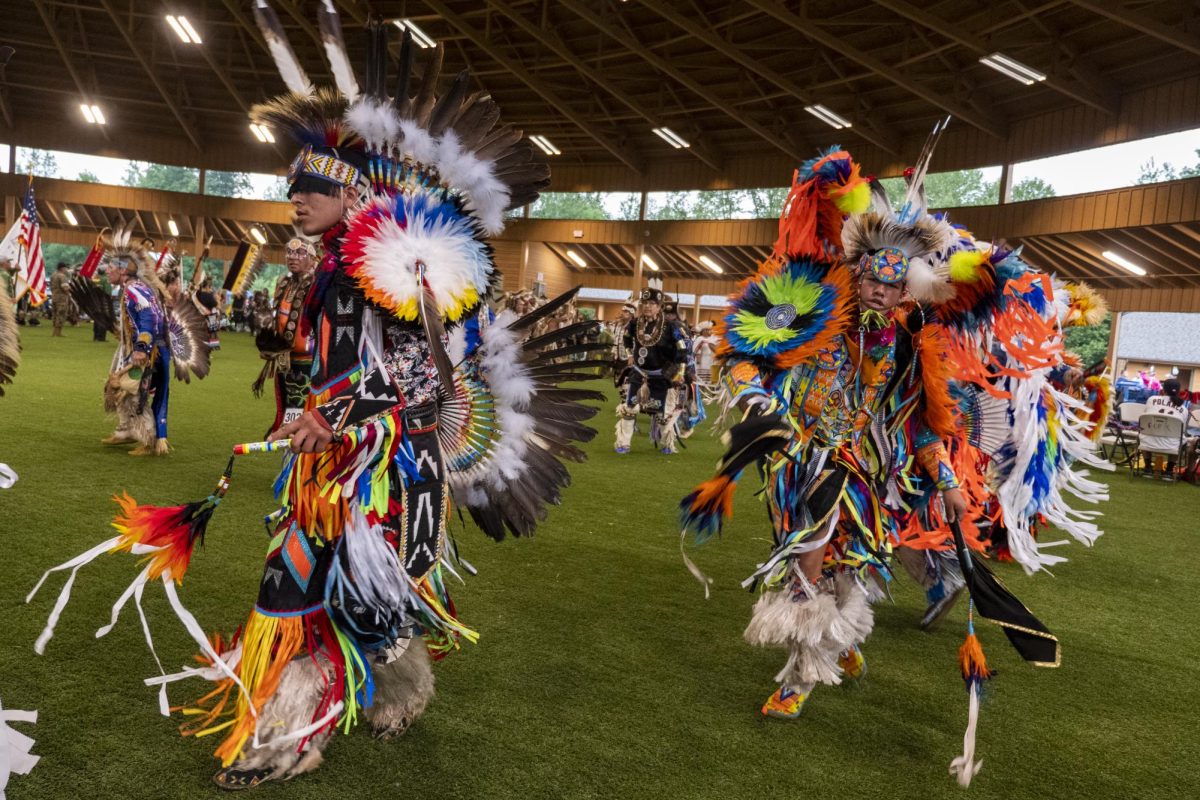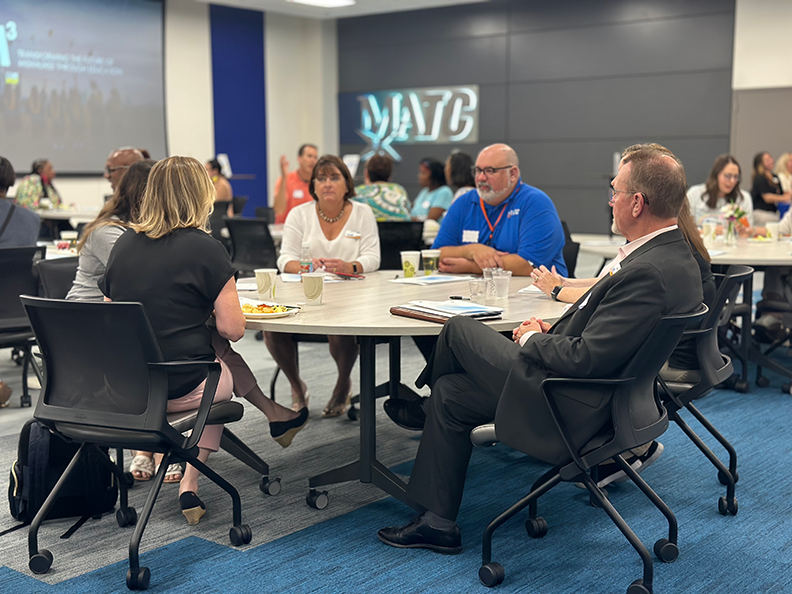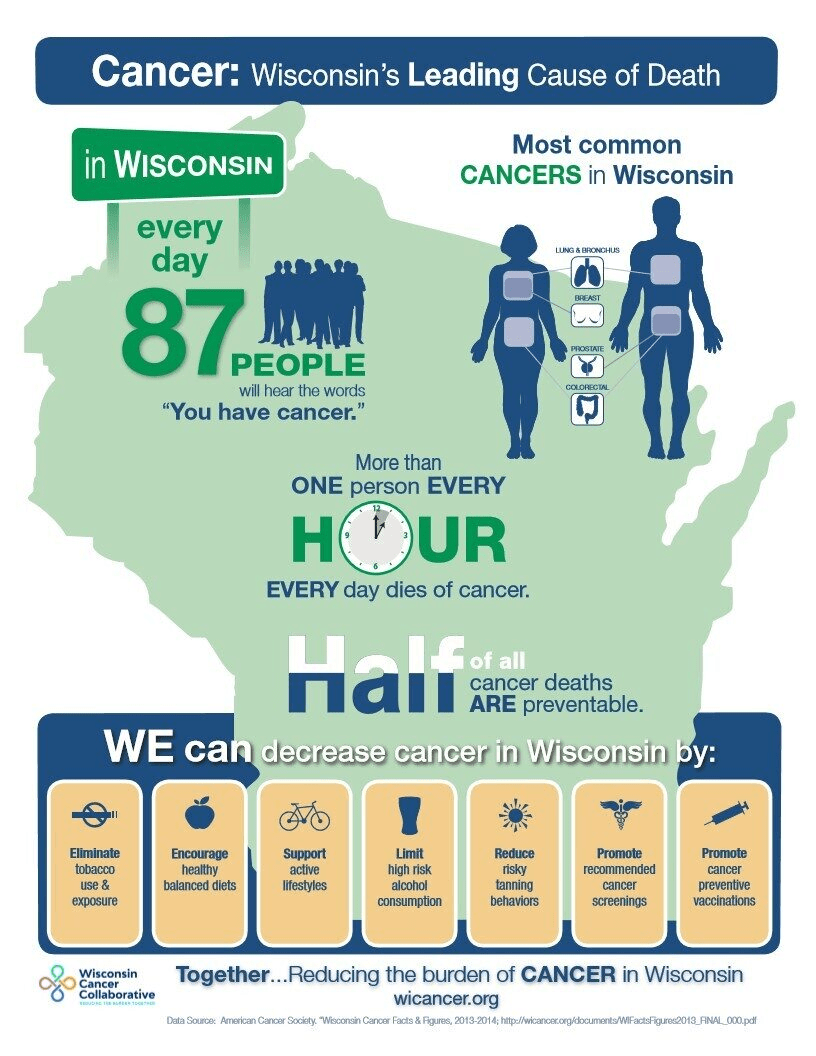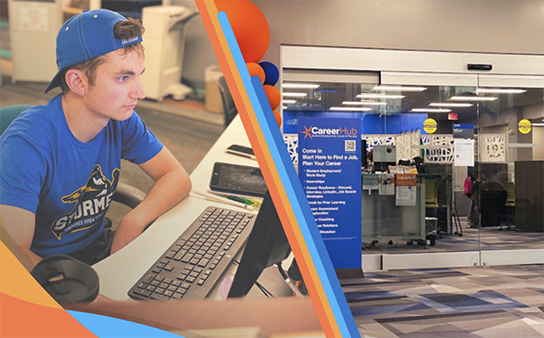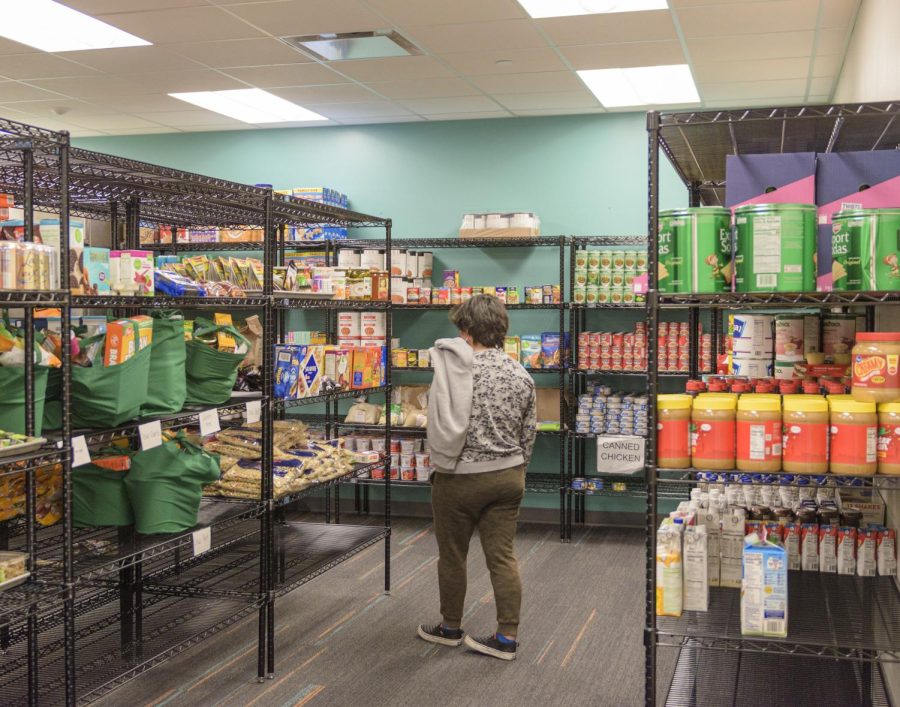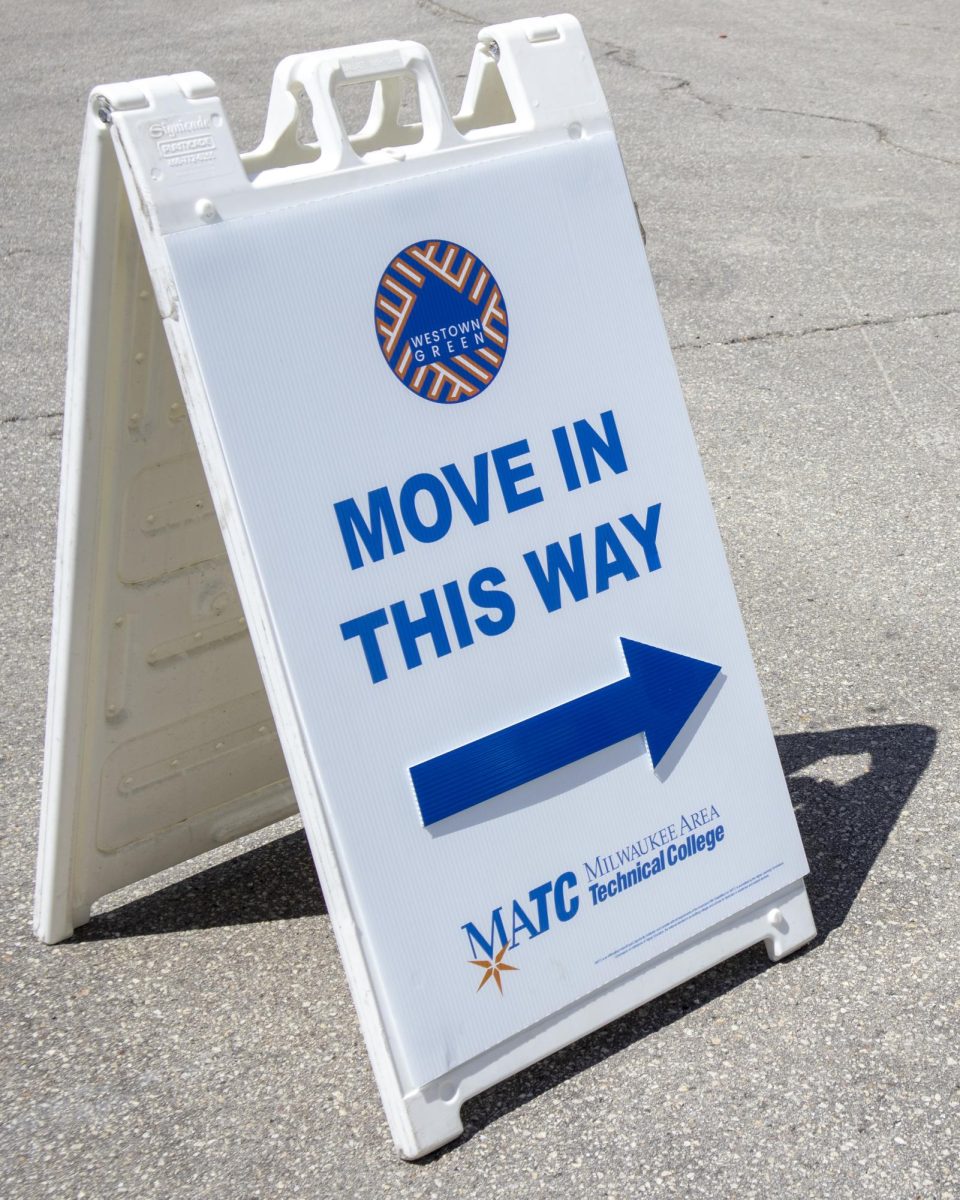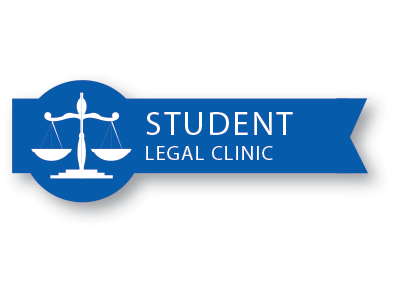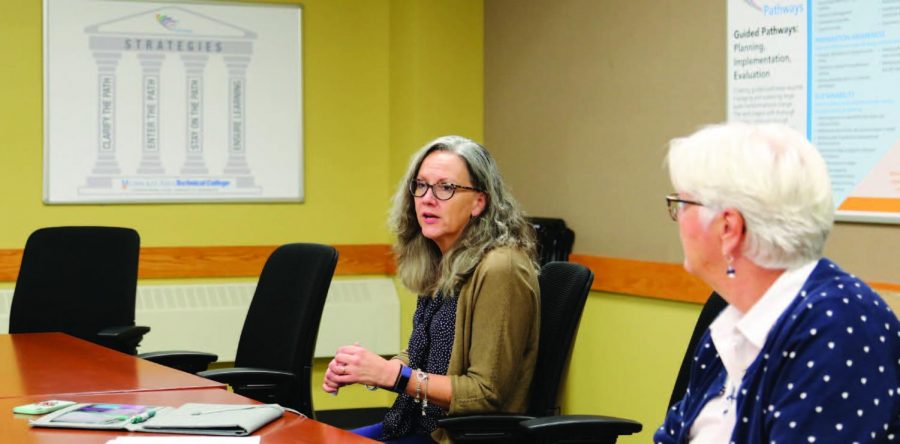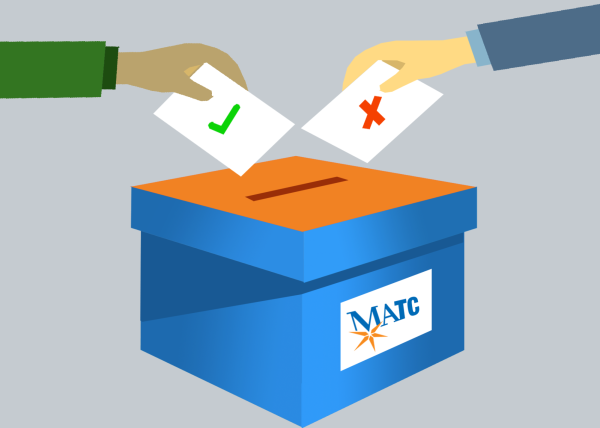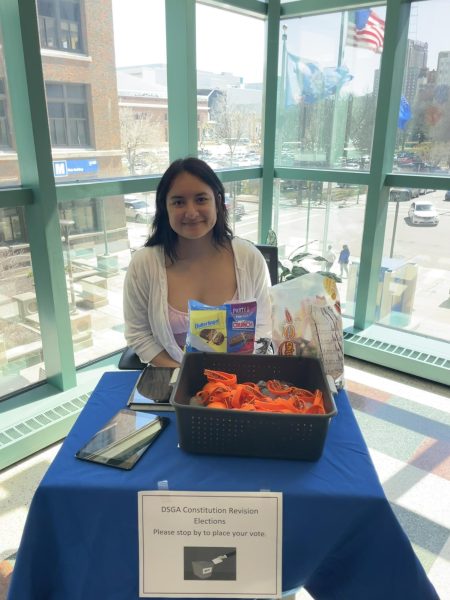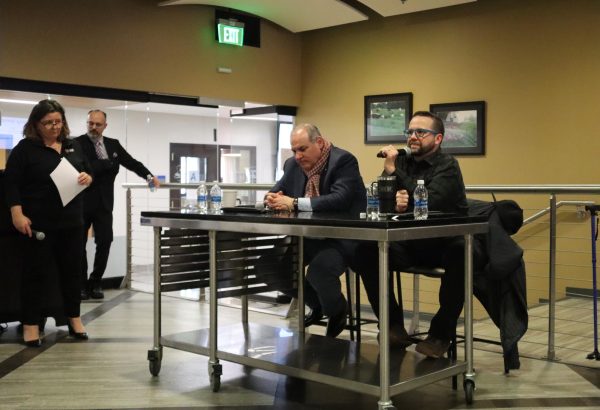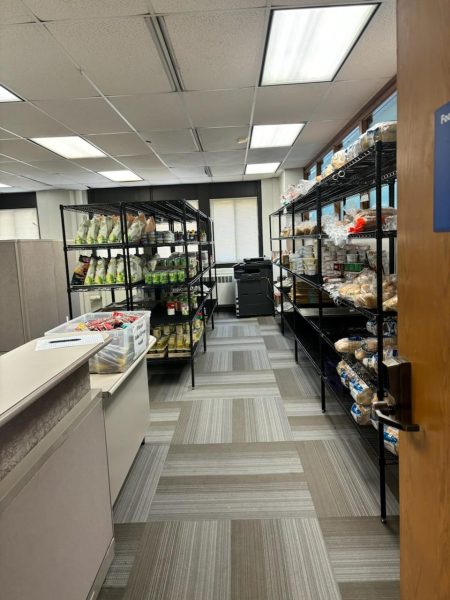MATC’s Transition into Guided Pathways
Photo by Jimetris Patterson/MATC Times
Christine Manion, vice president, Institutional Effectiveness, and Barbara Cannell, associate provost, discuss strategies in the Guided Pathways model. The innovative structure is based on the book “Redesigning America’s Community Colleges” by Thomas R. Bailey, Shanna Smith Jaggars and Davis Jenkins. Its aim is to structure a student college experience that will help lead to increased rates of retention and completion to graduation.
Guided Pathways is a national model that MATC began to follow after looking at the graduation rate and the overall student success rate. MATC statistics showed that out of 100 students applying for college, only 11 graduate after three years. “The Guided Pathways model is about improving the student experience from start to finish,” said Christine Manion, Ph.D., vice president, Institutional Effectiveness.
The Guided Pathways strategy is divided into four pillars: Clarify the path, enter the path, stay on the path and ensure learning. Manion said the strategy includes “redesigning the student experience by getting the student on the right pathway from the beginning; making sure the students get enough help to find the right program that matches their interest and passion.” One change is that students can enter into a program without the prequalifying tests.
To help students stay in school, MATC looked at the academic support centers (writing lab, tutoring, library, etc.) to see if the hours were consistent with the student population and that those who are on staff would be equipped with the knowledge to help students succeed. There will be more cross-training in different departments so that students don’t get the “run around,” said Manion. Providing the support systems on campus for everyday life issues such as transportation, housing or daycare was also a part of the students’ requests.
Two of the seven pathways will be introduced in October. Creative Arts, Design and Media will be located at the Downtown Milwaukee Campus, and Community and Human Services will be housed both downtown and at Oak Creek Campus with its largest office at Oak Creek. These were built based on student input. This includes the new positions within those offices. In order to gather feedback from the students and make adjustments where needed, only two pathways will be introduced this October. This will help to ensure the student experience is changing in a positive way. Manion said, “It won’t be perfect but as long as we learn from it and make it better.”
When Lisa Conley, Ph.D., president of the American Federation of Teachers Local 212 was asked, “How has Guided Pathways impacted advisers, counselors and instructors?” she had this to say, “To date Guided Pathways-related practices and reforms have impacted MATC faculty, counselors and advisors, and other frontline education professionals through structural and other changes that affect, to some degree, the location and functioning of their departments, programs or worksites, their daily activities on the job, and their interaction with students. Some of these experiences have been positive; others, not so much so.”
When asked, “Has this been a smooth transition?” Conley said, “While the college has made progress in improving communication, and while collaboration may be working in certain instances or in certain areas, frontline education professionals at times feel that they lack important information and that their voices aren’t heard. Again, these professionals should be trusted and relied upon to lead reforms considering the high level of expertise and experience possessed by this group that works most closely with, and best know, students.
“Frontline education professionals are concerned that the pace of change to date has been too fast and has not allowed enough transition time to make sure that changes implemented are collaboratively devised, fully vetted and accompanied by well-thought-out contingency plans. The latter is important in case implemented changes result in unintended consequences.” This transition is a huge undertaking for MATC. This is the first of a three-part series offering an overview and an in-depth look into the process of implementing Guided Pathways
Fun Fact for Guided Pathways:
In June 2018 a call went out for the first set of Design Teams
and 150 employees volunteered, with about 100 of them
having never served on a college committee before.



